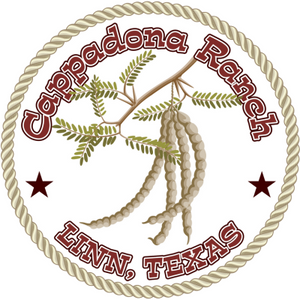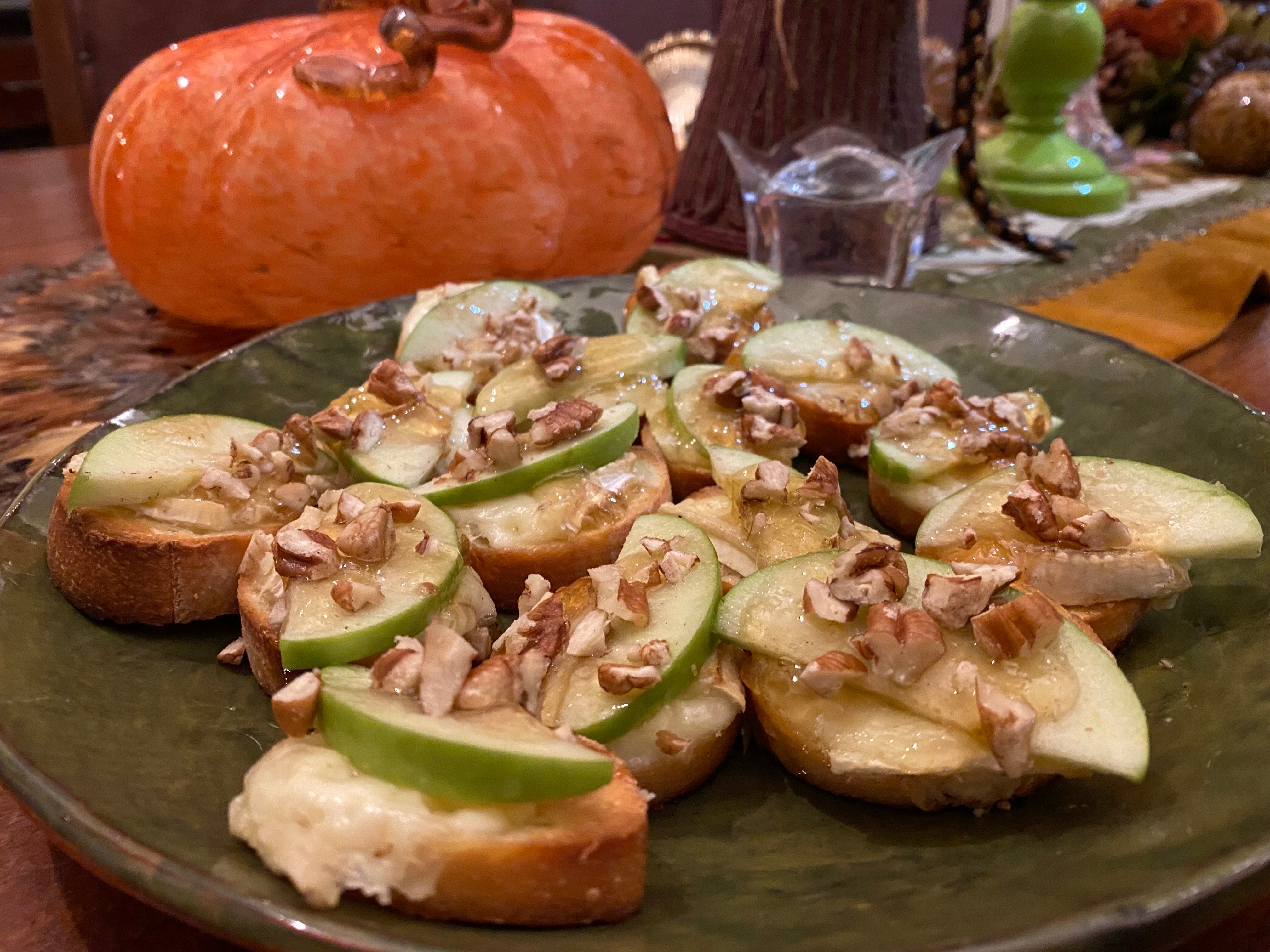Who's Jack, you say? You grew up with Jack. His sightings used to be unheard of before October, but these days pumpkins start popping up in our spices, local storefronts and our porches sometimes as early as late August. October is no longer regulated to a month, it has become a season of pumpkin spiced lattes, streaming scary movies and Halloween decorations. And no fall decor would be complete without our very own Jack-O-Lantern. However, how did Jack get invited to become our national Halloween icon in the first place?
Welp. It all began with a floating light. A conman named Jack. A petty devil. And . . . a pumpkin?
Carving spooky-ooky faces into vegetables for the fall season is nothing new. Northern Europeans have been face planting beets and turnips in Ireland and Scotland since the early 1800’s. Celts believed spirits were allowed to cross into our realm from dusk of October 31st to dusk of November 1st. It was seen as a time to honor the dead, but it was also a time to protect themselves against the malevolent souls and creatures who might seek to harm them by warding them off with scary faced turnips lit with hot coals. Apparently, evil spirits really hate vegetables.
This tradition soon grew to be known as the “pumpkin trick” where children would carve hideous faces upon the pumpkins which were plentiful in the fall, stick a candle inside and run around pretending to be Jack. There are many rumors of Jack. It’s a folktale with several different iterations that date back as far as 1551. The one thing they all agree on is “Stingy” Jack was a clever conman who played tricks on everyone to get what he wanted. And Jack always got what he wanted. He was so good, he even outsmarted the devil himself. But as the saying goes, no one gets away with anything. His tricks may have served him well while he lived, but upon his death neither God nor the devil allowed Jack past their gates. The devil was much too disgusted to let him into Hell so he gave Jack a piece of burning coal instead so he roam aimlessly for all eternity; just a ghost with his floating light.
So, where’s the connection? There wasn’t one at all until the late 19th century when Americans brought the legend and the spookily carved “pumpkin tricks” together! By the late 20th century, Jack-O-Lanterns were a Halloween staple.
Like all good legends, the tale of Stingy Jack was born from some truth as a medieval explanation for the flame-like phosphorous glow caused by gases from decaying plants in the marsh. Marsh lights held their sinister air of mystery for centuries despite scientific explanations for the strange phenomenon. Even to date, the story of Stingy Jack and pumpkin carving has evolved to the fun tradition it is today: a project that brings family, friends and communes together to celebrate a neighborly holiday filled with spooky stories and fun treats like our very own Mesquite Bean Apple Brie Crostini's - a naturally delicious Halloween alternative to processed candy. You're going to want to serve these all year round!
Mesquite Bean Apple Brie Crostini's
Ingredients:
1 baguette
1- 8oz Brie cheese, sliced
2 Granny Smith apples thinly sliced (1 slice if baguette is small or 2 for bigger Baguette
1/2 jar (3.5oz) tof your favorite Cappadona Ranch mesquite bean Jelly
1/2 cup chopped pecans
2 tsp water
Instructions:
Preheat oven to 550°F, then line a baking sheet with aluminum foil or parchment paper.
Slice a baguette into 1/2 inch or thinner and transfer them to a baking sheet laying them flat.
Top baguette slices with one or two slices of brie cheese.
Bake for 5 minutes or more or until cheese starts to bubble and the bread looks toasted. Then remove from oven.
Depending on the size of the baguette slices you can place 1-2 apple a slices on each piece.
In a pan empty half a jar of your favorite Cappadona Ranch Mesquite Bean Jelly and add 2 tsp of water.






